
RAID 50 - Nested Configuration
RAID 50, a hybrid setup, merges the data protection features of RAID 5 with the performance capabilities of RAID 0 for a balanced approach. In a RAID 50 array, data is striped across multiple RAID 5 sub-arrays, providing fault tolerance through distributed parity. Simultaneously, RAID 0 striping enhances read and write speeds. This hybrid structure delivers exceptional performance, redundancy, and reliability for environments needing high speed.
The RAID 50 configuration involves a minimum of six drives organized into multiple RAID 5 groups, which are then striped together. The importance of data recovery for RAID 50 arrays arises from the complexity of this hybrid setup.
Data failure can occur due to drive failures, controller issues, or accidental deletions. Effective recovery necessitates specialized knowledge and tools to navigate the intricacies of RAID 50, ensuring the successful restoration of critical data while maintaining the array’s performance benefits.
Data Security for RAID 50 Disk Recovery
Data security is crucial in RAID 50 recovery, requiring careful attention to preserve valuable data. By implementing robust security measures and protocols, organizations can protect their information and mitigate risks associated with this sophisticated system. The recovery process involves navigating through complex striping patterns, distributed parity across multiple drives, and potential challenges arising from multiple drive failures.
RAID Recovery Services strongly emphasizes data security throughout the recovery journey. Our state-of-the-art facilities are equipped with robust protection efforts to assure the confidentiality and integrity of your data.
Certified experts follow strict protocols to ensure your mirrored and striped data is handled securely. With encrypted handling and controlled access, we protect your sensitive information throughout the RAID 50 recovery process.
RAID Recovery Services is a trusted provider of expert data recovery and secure information management. Our specialists ensure your data is handled with care, delivering reliable results and peace of mind. Experience our commitment to quality in every recovery case.


RAID 50 Causes of Data Loss
Data loss in RAID 50 configurations can stem from various causes, each presenting unique challenges for recovery. One potential factor is the compromise of parity data, which is critical for fault tolerance in RAID 5 sub-arrays within the RAID 50 structure. Challenges arise when addressing the intricate striping patterns and distributed parity across multiple drives, complicating recovery.
Multiple drive failures pose a significant risk in RAID 50 setups, as the failure of more than one drive can compromise data redundancy and overall array functionality.
Navigating the complexities of recovering data in simultaneous drive failures requires specialized expertise and tools. Additionally, issues such as controller malfunctions or human errors, such as accidental deletions or misconfigurations, contribute to the susceptibility of RAID 50 arrays to data loss.
RAID 50 arrays are vulnerable to data loss from controller failures, accidental deletions, and misconfigurations. Overcoming these issues requires expertise in RAID 50 architecture. Professional data recovery services are essential for effective data restoration.
RAID 50 Emergency Recovery
If you have suffered data loss from a RAID 50 array, the first step is to immediately shut down the system and contact our team of experts at RAID Recovery Services.
24/7 Rapid Response
Secure & Compliant
Advanced RAID Reconstruction
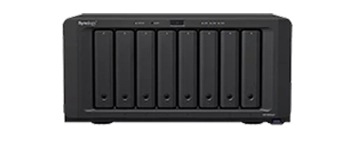
If you need to recover data from a failed RAID 0 array, contact our team of experts for fast and reliable recovery services.
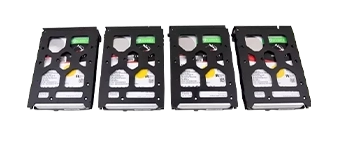
For fast and reliable recovery services to retrieve data from a failed RAID 1 array, reach out to our team of experts.
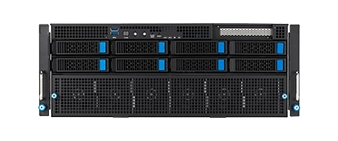
If you require data recovery from a RAID 5 array, contact to our professional team for trustworthy recovery services.

Contact our expert team for fast and reliable recovery services for failed RAID 6 arrays. Recover your valuable data with us.
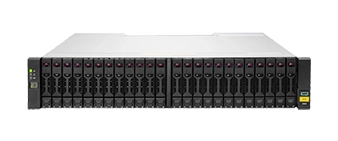
Need data recovery from a failed RAID 10 array? Contact our experts for reliable and fast recovery services.
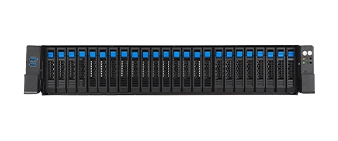
For professional data recovery from a RAID 50 array, contact our team of experts who offer reliable recovery services.
